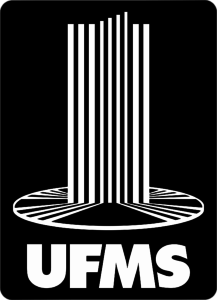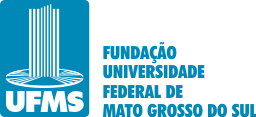Use este identificador para citar ou linkar para este item:
https://repositorio.ufms.br/handle/123456789/10034Registro completo de metadados
| Campo DC | Valor | Idioma |
|---|---|---|
| dc.creator | FLAVIO OLIVEIRA VILELA | - |
| dc.date.accessioned | 2024-11-29T12:09:23Z | - |
| dc.date.available | 2024-11-29T12:09:23Z | - |
| dc.date.issued | 2024 | pt_BR |
| dc.identifier.uri | https://repositorio.ufms.br/handle/123456789/10034 | - |
| dc.description.abstract | DIFFERENT DOSES OF CHEMICAL FERTILIZERS APPLIED TOGETHER WITH CHICKEN LITTLE IN SOYBEAN CROP ABSTRACT: The use of organic fertilizers such as chicken litter benefits producers by reducing mineral fertilizers, thus reducing production costs and reducing environmental pollution. In this sense, the objective of this experiment was to analyze the behavior of soybean crops in response to organic fertilization and chemical fertilization in Neossolo in the Southwest of Mineiros. The experiment was installed on a rural property located in the municipality of Mineiros – GO. The experimental design used was in randomized blocks with five treatments: T1 = 100% Chemical 0.630 kg of (NPK-05-35-00); T2= 75% (0.472 kg) of Chemical (NPK-05-35-00) + 25% (2.282 kg) of Chicken Litter); T3= 50% (0.315 kg) of Chemical (NPK-05-35-00) + 50% (2.898 kg) of Chicken Litter); T4= 25% (0.126 kg) of Chemical (NPK-05-35-00) + 75% (4.347 kg) of Chicken Litter) and T5= 0% Chemical and 100% Chicken Litter. The following parameters were evaluated: plant height (AP), average insertion height of the first pod (IE), number of pods per plant (NV), number of grains per pod (NGP), productivity (PROD, kg ha-1 ) and the weight of a thousand grains (PMG, g) both corrected for 13% humidity and the PROD extrapolated to sc ha-1, plant population per ha (POP) and humidity. Some authors observed an increase in productivity per chicken litter, where the area had greater use of the resources present in the soil and improved fertility. The use of chicken litter in conjunction with NPK fertilizer provided better results for the weight of a thousand grains and all productivity evaluated in this study. Keywords: Glycine Max, organic fertilizers, mineral fertilizer, productivity, organic waste. | - |
| dc.language.iso | pt_BR | pt_BR |
| dc.publisher | Fundação Universidade Federal de Mato Grosso do Sul | pt_BR |
| dc.rights | Acesso Aberto | pt_BR |
| dc.subject.classification | Ciências Exatas e da Terra | pt_BR |
| dc.title | Diferentes doses de cama de frango e adubo químico na soja | pt_BR |
| dc.type | Trabalho de Conclusão de Curso | pt_BR |
| dc.contributor.advisor1 | CASSIANO GARCIA ROQUE | - |
| dc.description.resumo | Foi feito 5 tratamentos por 4 repetições, sendo nesses tratamentos T1:100% de adubo químico, T2: 75% de adubo químico e 25% de cama de frango, T3:50% de adubo químico e 50% de cama de frango T4: 25% de adubo químico e 75% de cama de frango e T5: 100% cf | pt_BR |
| dc.publisher.country | null | pt_BR |
| dc.publisher.initials | UFMS | pt_BR |
| Aparece nas coleções: | Agronomia - Bacharelado (CPCS) | |
Arquivos associados a este item:
| Arquivo | Tamanho | Formato | |
|---|---|---|---|
| 18713.pdf | 520,33 kB | Adobe PDF | Visualizar/Abrir |
Os itens no repositório estão protegidos por copyright, com todos os direitos reservados, salvo quando é indicado o contrário.

